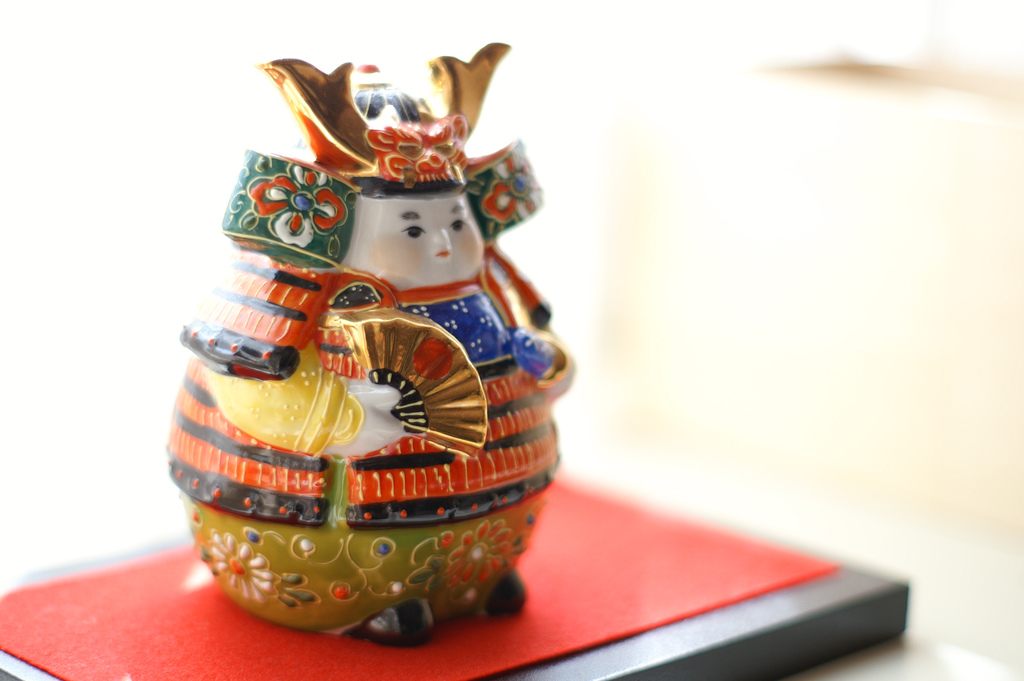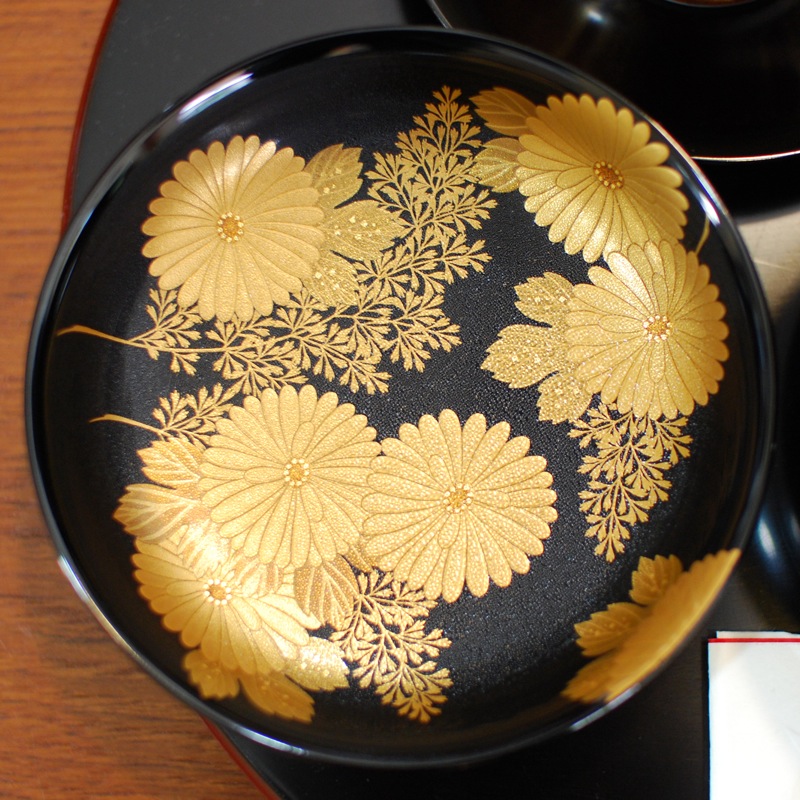
7 Must-Try Japanese Traditional Craft Experiences in Kanazawa
There are many kinds of traditional arts and crafts in Japan. You can try 7 hands-on activities in Kanazawa making some of these crafts. Through the activities, you can feel authentic Japanese culture!
This post may contain affiliate links. If you buy through them, we may earn a commission at no additional cost to you.
If you have plenty time to explore Japan, Kanazawa is one of the best places to visit. Thanks to the new line on the Shinkansen (it will start runing from March 14th), it will be very convenient for you to visit there from Tokyo, as it only takes 2.5 hours. For people who are planning to visit the Kansai area (Osaka, Kyoto, Kobe), I also recommend that they visit Kanazawa as it is 2.5 hours by express train (Thunderbird) from Osaka.
You may know that the food in Kanazawa is quite tasty. You can fully enjoy fresh seafood from the Sea of Japan and rice products as this area is very famous for producing rice.
However there are many more good reasons to visit. Kanazawa is very famous for its traditional arts and crafts, like washi, traditional Japanese paper, Kutani-ware (a porcelain style), gold leaf and so on. If you try making Japanese traditional arts and crafts in Kanazawa, you can touch authentic Japanese culture and have an unforgettable experience.
Here are the traditional arts and crafts you can see and even try making in Kanazawa.
1. Japanese Washi Paper
Japanese Washi Paper is very famous not only in Japan but also all over the world. Washi is durable even though it is very thin. Also it has flexibility and it can be great material in traditional arts, crafts, interior designs and so on. There is a facility where you can make your own washi paper. Making your original postcard and bookmarks with washi paper would be a great experience!
2. Kutani-ware
kanonn/FlickrKutani-ware is one style of porcelain. The signature of Kutani-ware is its beautiful colored decorations on the porcelain. Kutani-ware has 5 colors on it: red, blue, yellow, green and indigo. You can participate in a hands-on activity of drawing patterns on Kutani-ware by putting colors on a plate.
3. Gold leaf

Ishikawa prefecture (Kanazawa city is the prefectural capital of Ishikawa prefecture) produces most of Japan’s gold leaf. Gold leaf is very thin as it is only 1/10,000th of a millimeter thick. Gold leaf is used for decorating furniture, lacquerware, sliding doors in Japanese rooms and so on. You can try to cover your favorite plate or tea tray with this very thin gold leaf.
4. Kaga Yuzen Silk Dyeing
Kaga-Yuzen silk dyeing is a special dyeing technique. It features a delicate white outline of pattern on silk. Thanks to the outline, dye will not mix with the silk. You can try to put on Kaga-Yuzen kimono and also try to do hand painting onto handkerchiefs with the this technique.
5. Kanazawa Makie
Makie (lacquer) is one of the oldest traditional crafts in Japan. It began in the 8th century. Putting Urushi (a type of lacquer) onto wood, paper and cloth is one of the techniques for protecting those materials.
At some Kanazawa Lacquerware shops, you can have experience Kaga-Makie (gold and silver lacquer). There you can make a one-of-a-kind lacquerware by yourself.
6. Kaga Mizuhiki
Mizuhiki is an ornament for celebratory occasions. It is made of strings of colored papers. You are going to be so impressed by the technique of making three-dimensional objects which are made by those strings. You can try to make a chopsticks envelope and envelope for monetary gifts with Mizuhiki.
7. Wagashi Japanese confections
Wagashi, or Japanese confections, used to be only for tea ceremony. After it spread to people outside of the ceremony, it flourished even more. Wagashi usually represent seasonal nature, like cherry blossoms, tender green leaves, flower shapes and so on. You can enjoy not only the taste of it, but also beauty of shapes and colors reflected in its seasons. At some shops in Kanazawa, you can try to make wagashi by yourself. That would be great activity for you to learn an artisan’s sensitive work by making your own wagashi Japanese confection.
You can get information about hands-on activities on the Kanazawa Craft Tourism website.
If you want to know more about Kanazawa, also check:
The information in this article is accurate at the time of publication.









